
 |
|
September 2018 News from No BoundariesFall Meeting in Texas | New Members Are Welcome Around the Maintenance World Meetings and Events | Training Opportunities | Research |
The No Boundaries Roadway Maintenance Practices pooled fund project, #TPF-5(330), facilitates the implementation of proven, ready-to-deploy maintenance innovations. |
| Welcome! This newsletter from the national No Boundaries consortium features the latest updates on the group's activities and compiles recent research, state practices, and training opportunities related to non-winter roadway maintenance from around the country. |
News from No Boundaries |
| Fall Meeting in Texas As a reminder, No Boundaries' second meeting of 2018 will be held October 16-18 in Austin, Texas. The latest agenda includes:
Presentation and event highlights will appear in a future issue of this newsletter. |
|
|
|
|
| New Members Are Welcome No Boundaries membership now stands at 19 state DOTs across the United States: Colorado, Connecticut, Florida, Illinois, Louisiana, Maine, Maryland, Michigan, Minnesota, Mississippi, Missouri, New York State, North Dakota, Ohio, South Carolina, Texas, Virginia, Washington State, and Wisconsin. |
|
|
 |
Meetings and Events |
| Date | Meeting / Event | Location |
| October 8-10 | 2018 Road & Street Maintenance Supervisors' Conference | Yakima, Washington |
| October 10 | Roads & Bridges Virtual Expo 2018 | Online |
| November 5-8 | 2018 Midwestern Pavement Preservation Partnership Annual Meeting | Madison, Wisconsin |
| November 15-16 | 2018 Pavements/Materials Conference | Tempe, Arizona |
| November 27-29 | 2018 American Concrete Pavement Association Annual Meeting | Ft. Lauderdale, FL |
| January 13-17, 2019 | 2019 Transportation Research Board (TRB) Annual Meeting | Washington, D.C. |
| January 20-23, 2019 | 2019 National Asphalt Pavement Association Annual Meeting | Marco Island, FL |
| February 18-21, 2019 | 2019 AEMA-ARRA-ISSA (Asphalt Emulsion Manufacturers Association, Asphalt Recycling & Reclaiming Association, and International Slurry Surfacing Association) Annual Meeting | Cancun, Mexico |
| February 27-March 2, 2019 | 2019 National Pavement Expo | Nashville, TN |
Training Opportunities |
| Upcoming TRB Webinars
|
|
|
|
|
Asset Management Research |
| Minimum Levels of Componentisation for Road Infrastructure Assets: Guideline This guideline assists organizations in determining the appropriate minimum level of componentization for road infrastructure assets. The goal is to improve integration and alignment of asset management, financial management, and financial reporting processes in order to produce consistent data sets that can be used to enable equitable reform initiatives. Project page. |
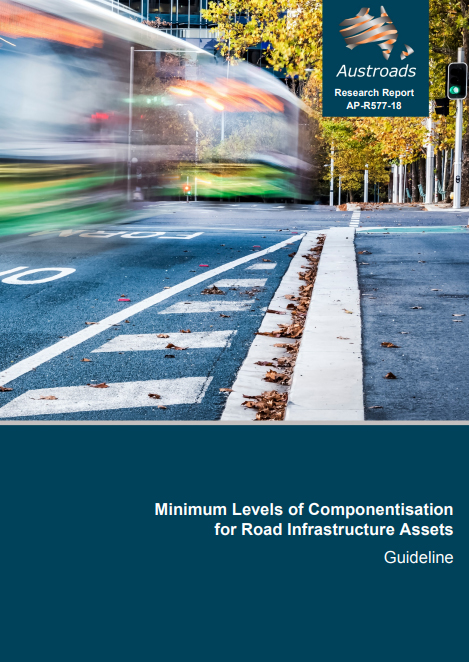 |
|
|
|
| Passive RFID-Based Inventory of Traffic Signs on Roads and Urban Environments Researchers examined a system that uses passive radio-frequency identification (RFID) technology to aid in the inventory of traffic signs. The system can be used at night and in areas of low visibility. It can also be used to inventory other assets, such as dumpsters or traffic lights. Abstract. |
 |
|
|
|
Bridge Maintenance Research |
| Improving Quality of Bridge Inspections Using Unmanned Aircraft Systems (UAS) As part of a multiphase research effort on using unmanned aircraft systems to improve the quality of bridge inspections, this project focused on optimizing the value of data collected during the inspection. Researchers also evaluated a collision-tolerant drone for use in confined spaces. Report and project page. |
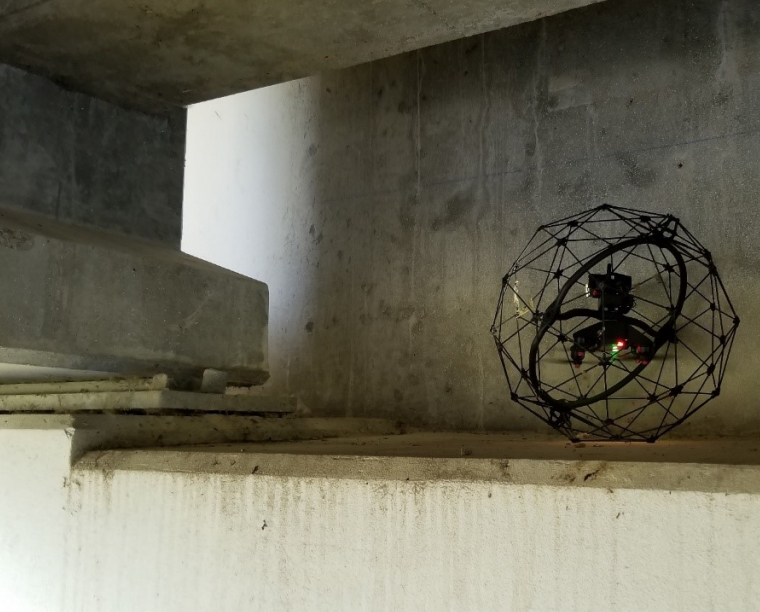 |
|
|
|
| Sustainability-Informed Bridge Ranking Under Scour Based on Transportation Network Performance and Multiattribute Utility To help bridge managers prioritize their intervention actions for scour protection/prevention, this project developed a sustainability-informed bridge ranking approach for a network of bridges vulnerable to scour using multiattribute utility theory and transportation network analysis. Abstract. |
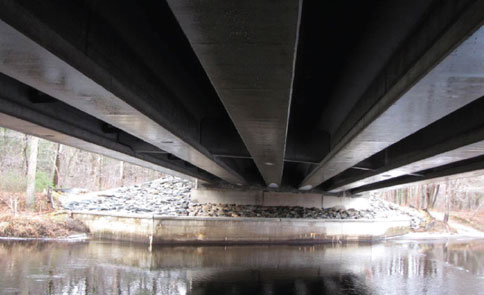 |
|
|
|
Environmental Research |
| Most Likely Bridges as Roosting Habitat for Bats: Study for Iowa Bridges are commonly used by bats as roosting locations. To help transportation agencies develop bridge maintenance plans while also conserving bat habitats, researchers sought to better understand the types of bridges most likely to be used by bats. Abstract. |
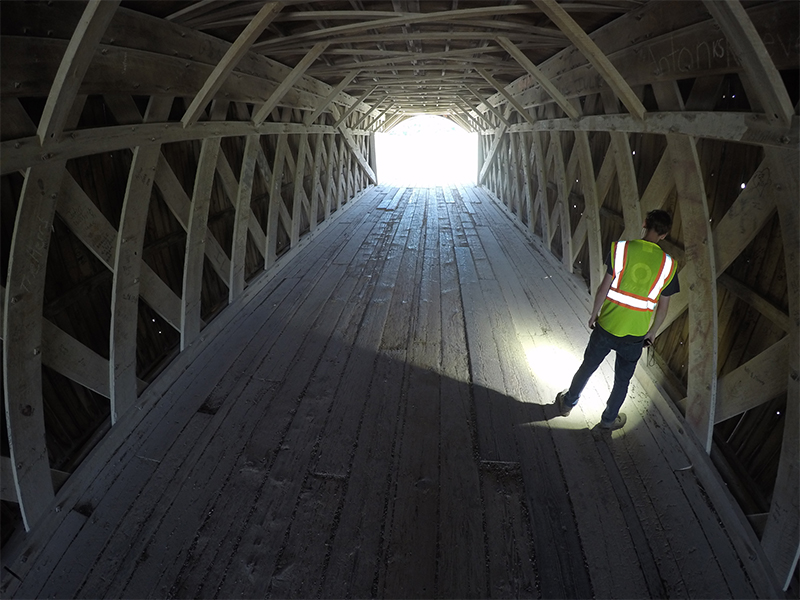 |
|
|
|
Maintenance Worker Safety Research |
| Evaluation of Work Zone Split Traffic Symbol Sign MoDOT used alternative signage to direct traffic movements to the left and right sides of a bridge rehabilitation work zone area on I-170 in St. Louis. Researchers found that the alternative sign communicated information more clearly and did not cause any adverse impacts to work zone safety and operations. Report. |
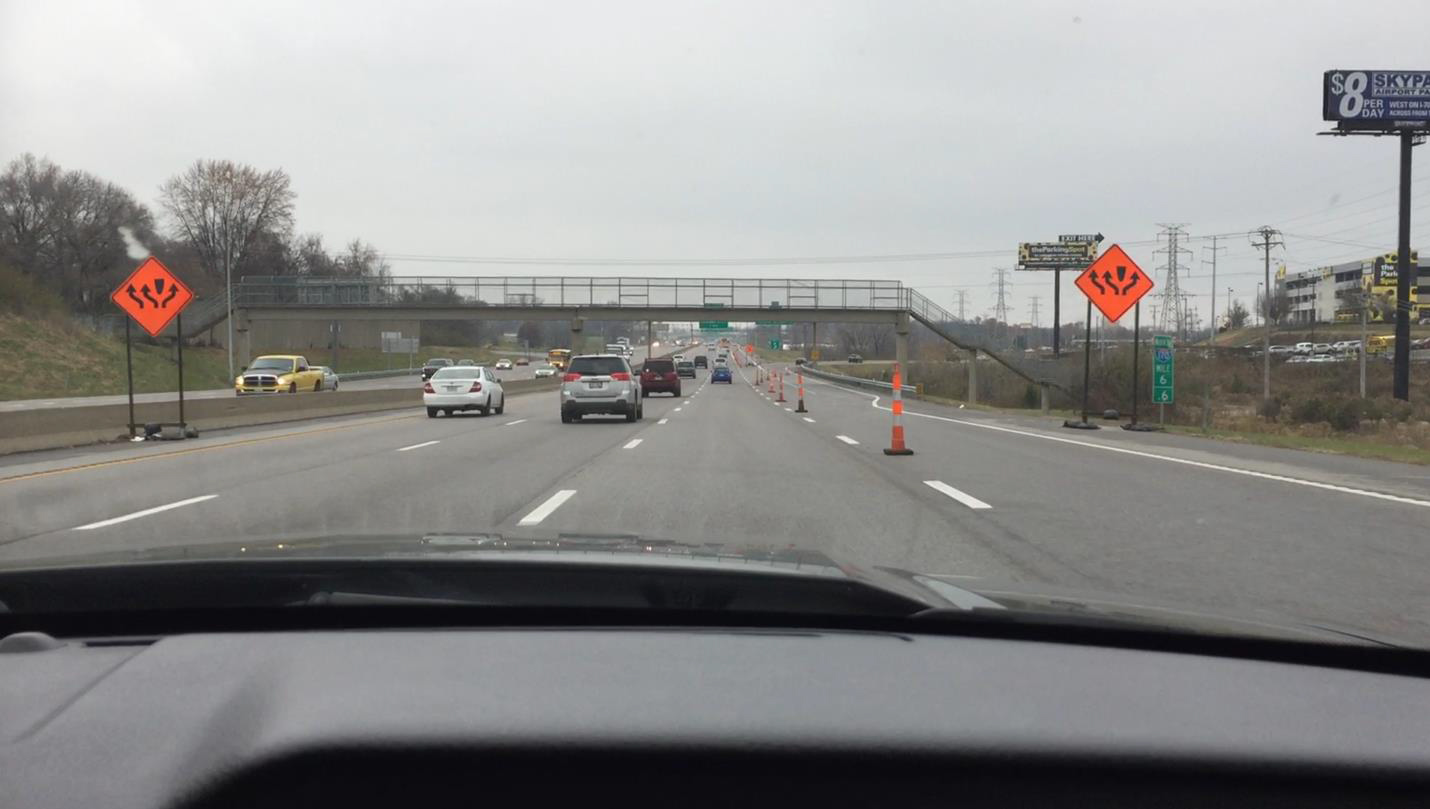 |
|
|
|
| Investigation of Flashing and Intensity Characteristics for Vehicle-Mounted Warning Beacons Researchers evaluated the safety effects of the light intensity and flash frequency of vehicle-mounted warning beacons in work zones. The study showed that regardless of the light intensity and flash frequency, reflective vests were effective in alerting drivers to workers' presence in the work zone. Abstract. |
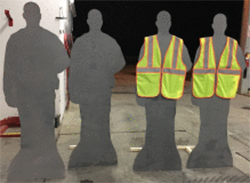 |
|
|
|
Pavement Maintenance Research |
| Lidar for Maintenance of Pavement Reflective Markings and Retroreflective Signs, Vol. I: Reflective Pavement Markings This project investigated the effectiveness of using mobile lidar technology to evaluate pavement marking and sign retroreflectivity. The study found that mobile lidar point clouds can be used to extract quantitative, accurate estimates of retroreflectivity for pavement markings, providing a safe, cost-effective and reliable solution. Report. |
 |
|
|
|
| Chip Seal Aggregate Evaluation and Successful Roads Preservation Chip seals are a cost-effective pavement preservation strategy that can extend the service life of pavements an average of five to six years. In this study, chip seals constructed with quality materials enhanced surface texture properties and reduced the appearance of distresses over the two-year monitoring period for most sections. Abstract. |
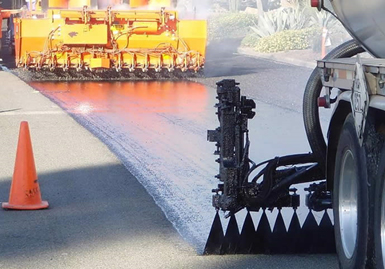 |
|
|
|
| Preventive Maintenance Study Researchers determined the effectiveness of different preventive maintenance treatments at extending pavement life and used cost data to define which treatments were the most cost-effective. Research results showed that all maintenance treatments were effective in extending pavement life, with crack sealing, wheel path chip rut filling and wheel path chip seal patching as the most cost-effective. Report. |
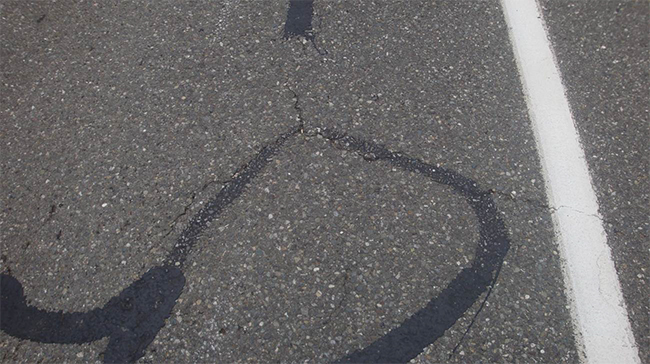 |
|
|
|
| State-of-the-Practice in Chip Seal, Slurry Seal, Micro Surfacing, and Thin Lift Asphalt Overlay Construction Quality Assurance This project identified best practices used by state highway agencies for performing quality assurance on preventive maintenance treatments, such as chip seals, slurry seals, microsurfacing and thin-lift pavement overlays. Report. |
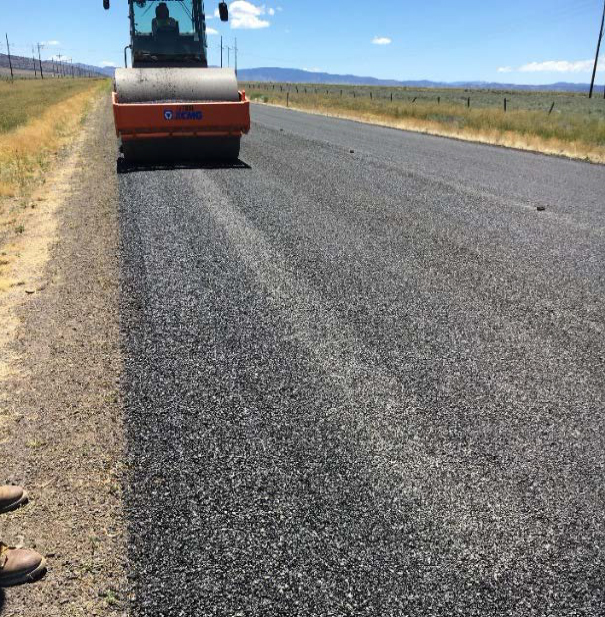 |
|
|
|
| Field Investigations on Injection Method for Sealing Longitudinal Reflective Cracks This study evaluated the use of a crack injection method to seal longitudinal cracks on newly constructed highways. Repairs were monitored for three years and compared with other treatment methods executed under the same environmental conditions. Test results showed that the crack injection method is a cost-effective repair treatment. Abstract. |
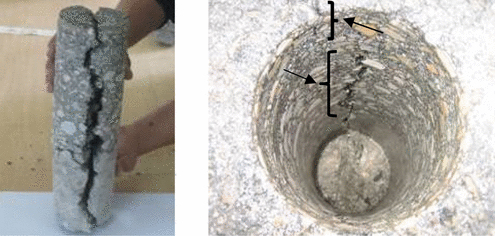 |
|
|
|
Performance Measurement Research |
| Visual Analysis of Pavement Performance and Related Factors This project used interactive visuals to display pavement performance data in a visually clear and insightful way. Researchers used the data to analyze relationships between types of cracks, road condition and pavement performance of Iowa roadways. Report.
Visualization and Communication in Pavement Performance
Midwest Transportation Center Interactive visuals are used to display pavement performance data in a visually clear and communication-friendly format for a variety of end users, particularly for county office administrators and pavement engineers. Report. |
|
|
|
|
Roadside and Vegetation Management Research |
| Roadway Lighting's Impact on Altering Soybean Growth, Volume 2: LED versus HPS Color Spectral Impact This study investigated the impact of roadway lighting on the growth and development of soybean plants in nearby fields. Results showed little difference in the crop's response to the two types of lighting (4,000K LED and high pressure sodium). Report. |
 |
|
|
|
| Weed Suppressive Soil Bacteria to Reduce Cheatgrass and Improve Vegetation Diversity on ITD Rights-of-Way ITD evaluated the use of weed-suppressive bacteria (WSB) to reduce the roadside growth of downy brome (cheatgrass) and medusahead, two types of invasive weeds that alter vegetation diversity and provide fuel to wildfires. Researchers found that the volume and timing of WSB application was critical to success in the long-term reduction of weed growth. Report. |
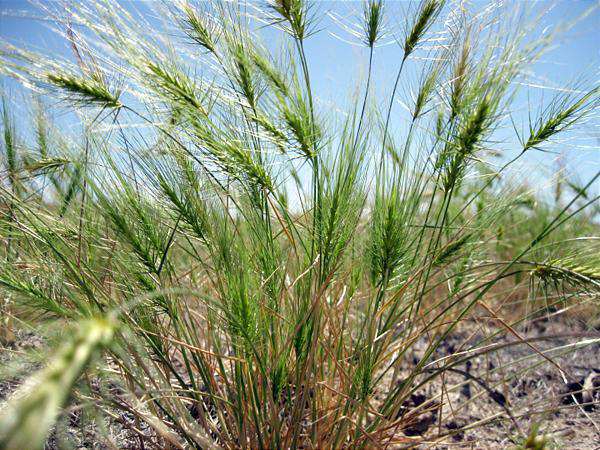 |
|
|
|
Subscribe to this newsletter |